Read about how to track and report safety violations in logistics operations with AI-powered monitoring. This 2025 guide explains how Invigilo SafeKey™ helps warehouses detect unsafe acts in real time, automate reporting, and meet rising compliance standards.
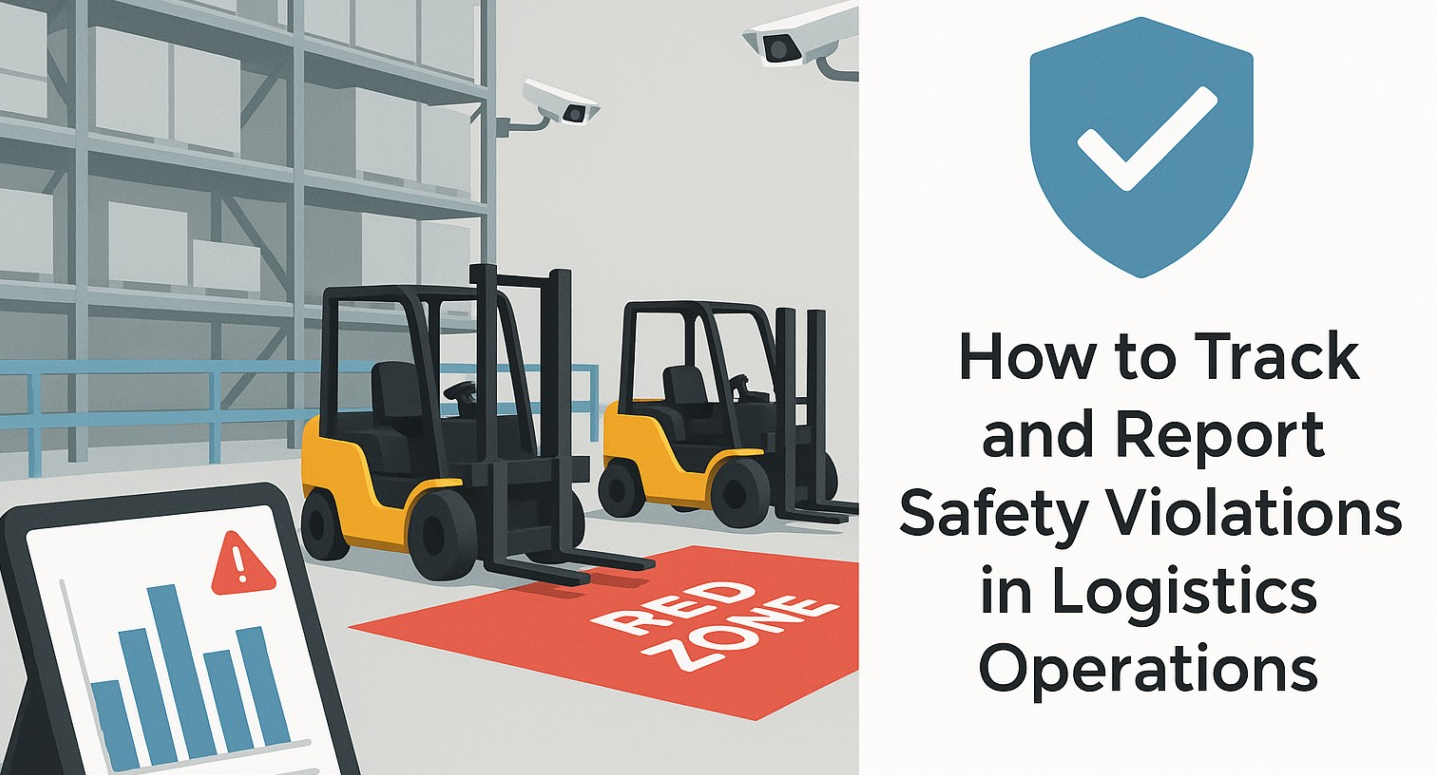
Maintaining safety in logistics operations is no longer just about meeting legal obligations. It is now a strategic priority that influences employee wellbeing, operational efficiency, and brand reputation. As warehouses become larger, supply chains more complex, and customer expectations tighter, companies cannot afford to leave safety oversight to chance.
The need to track and report safety violations in logistics operations has grown significantly in 2024 and 2025. Industry managers are recognising that traditional methods of safety oversight are too reactive and inconsistent to cope with today’s logistics demands. New approaches such as AI video analytics and automated compliance reporting are emerging as practical, cost-effective ways to monitor safety in real time and provide audit-ready documentation.
This guide explains why reporting matters, reviews current methods, highlights the limitations of traditional approaches, and shows how AI-powered systems such as Invigilo SafeKey™ can transform logistics safety. It also provides a step-by-step framework, outlines common mistakes to avoid, and answers the most pressing questions buyers ask when considering safety monitoring solutions.
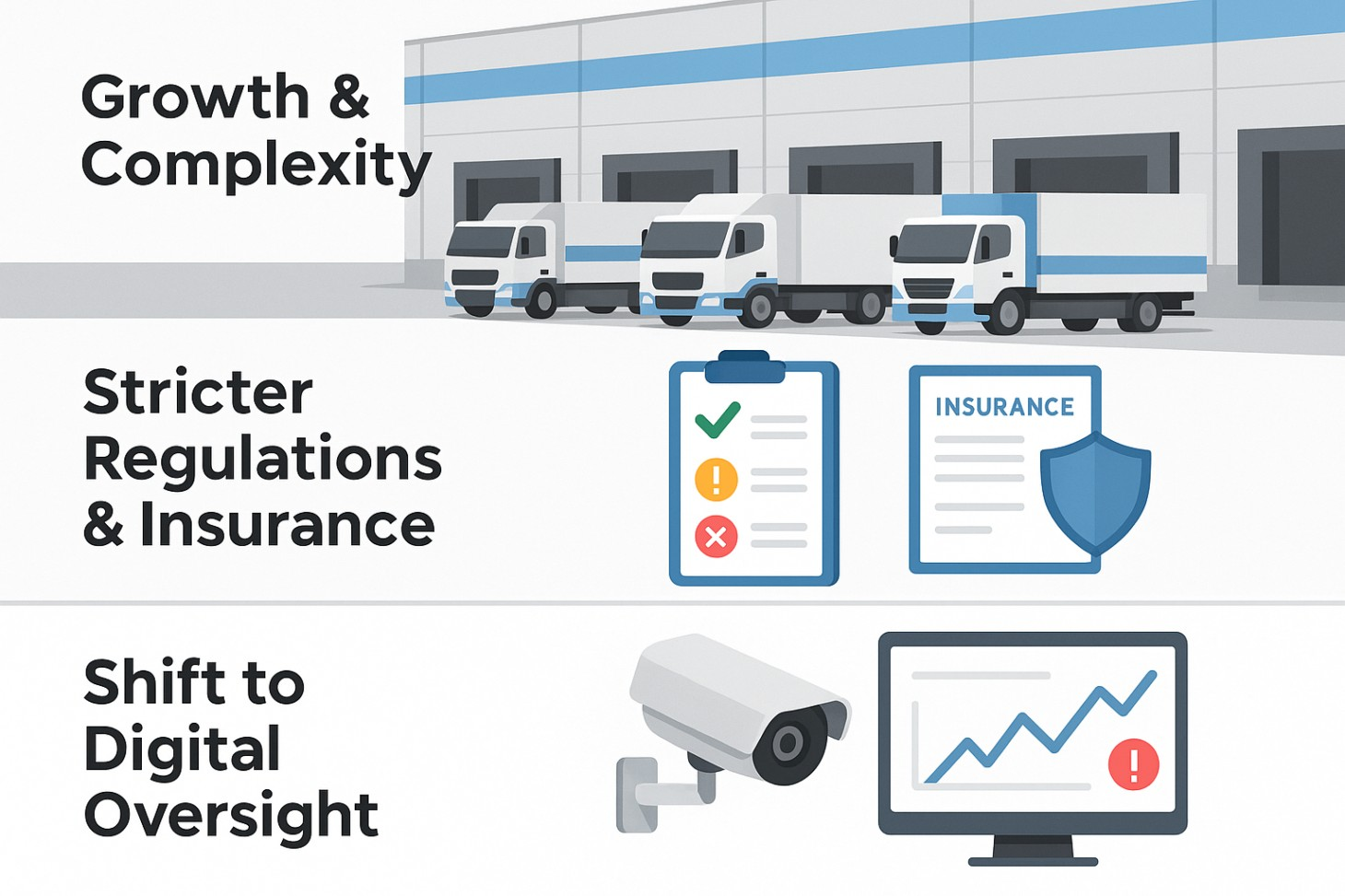
Three powerful trends are shaping the need for better safety tracking in logistics.
E-commerce growth has driven demand for larger warehouses, faster throughput, and round-the-clock operations. According to industry data, global e-commerce sales are expected to reach over $6.5 trillion in 2025, creating unprecedented pressure on fulfilment networks. Logistics facilities are now operating at higher capacity with more automation, denser workflows, and tighter schedules, all of which increase safety risks.
Regulators are demanding stronger evidence of compliance. In Singapore, the Ministry of Manpower's 2024 report indicated 587 major workplace injuries and 43 fatalities. While the rate of major injuries improved, the number of fatalities increased from the previous year. The Construction and Manufacturing sectors remained the top contributors to these incidents. Similarly, the International Labour Organisation continues to list transport and storage as one of the sectors with the highest injury rates. Insurers are also paying closer attention, often linking premiums to the strength of a company’s safety reporting and risk management.
Paper logs, occasional patrols, and CCTV review after an incident are no longer enough. Regulators and insurers expect continuous monitoring, structured reporting, and evidence that corrective action follows after each violation. Companies that cannot provide this documentation may face fines, reputational harm, or higher insurance premiums.
These factors make it clear: tracking and reporting safety violations is no longer optional. It is becoming a baseline requirement for logistics companies that want to remain competitive and compliant.
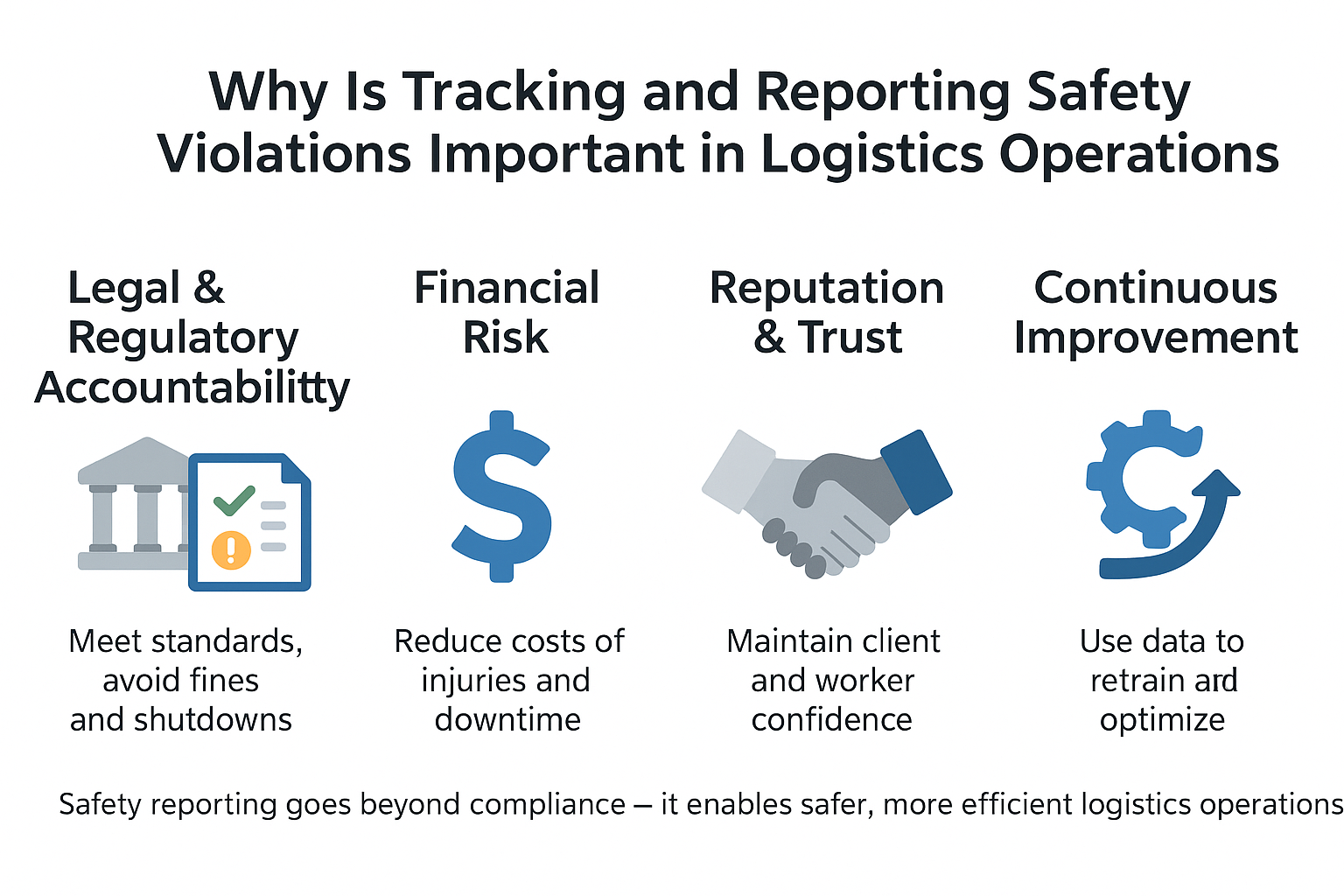
Logistics environments are inherently high-risk. Forklifts share space with pedestrians, heavy goods are lifted and stored, and workers operate close to conveyors and energised machinery. Even seemingly minor lapses can trigger serious incidents.
The reasons reporting matters go beyond compliance:
Safety reporting is therefore not just a compliance function. It is a strategic enabler of safer, more efficient logistics operations.
Logistics companies typically rely on three main methods. Each has benefits but also limitations.
Supervisors walk the warehouse floor, observe staff, and file reports when violations are noted. This ensures some oversight, but is inconsistent. Supervisors cannot monitor every zone continuously, and reporting depends on memory and judgment.
Digital tools standardise reporting and reduce paperwork. They allow managers to centralise reports and track trends. However, they still rely on humans to notice violations and manually input records. This introduces delay and inconsistency.
Warehouses are heavily monitored by CCTV, which provides valuable footage for investigations. However, reviewing video is reactive. It usually happens after an incident, meaning unsafe acts are often overlooked until it is too late.
These methods provide partial coverage but cannot deliver the real-time visibility modern logistics requires.
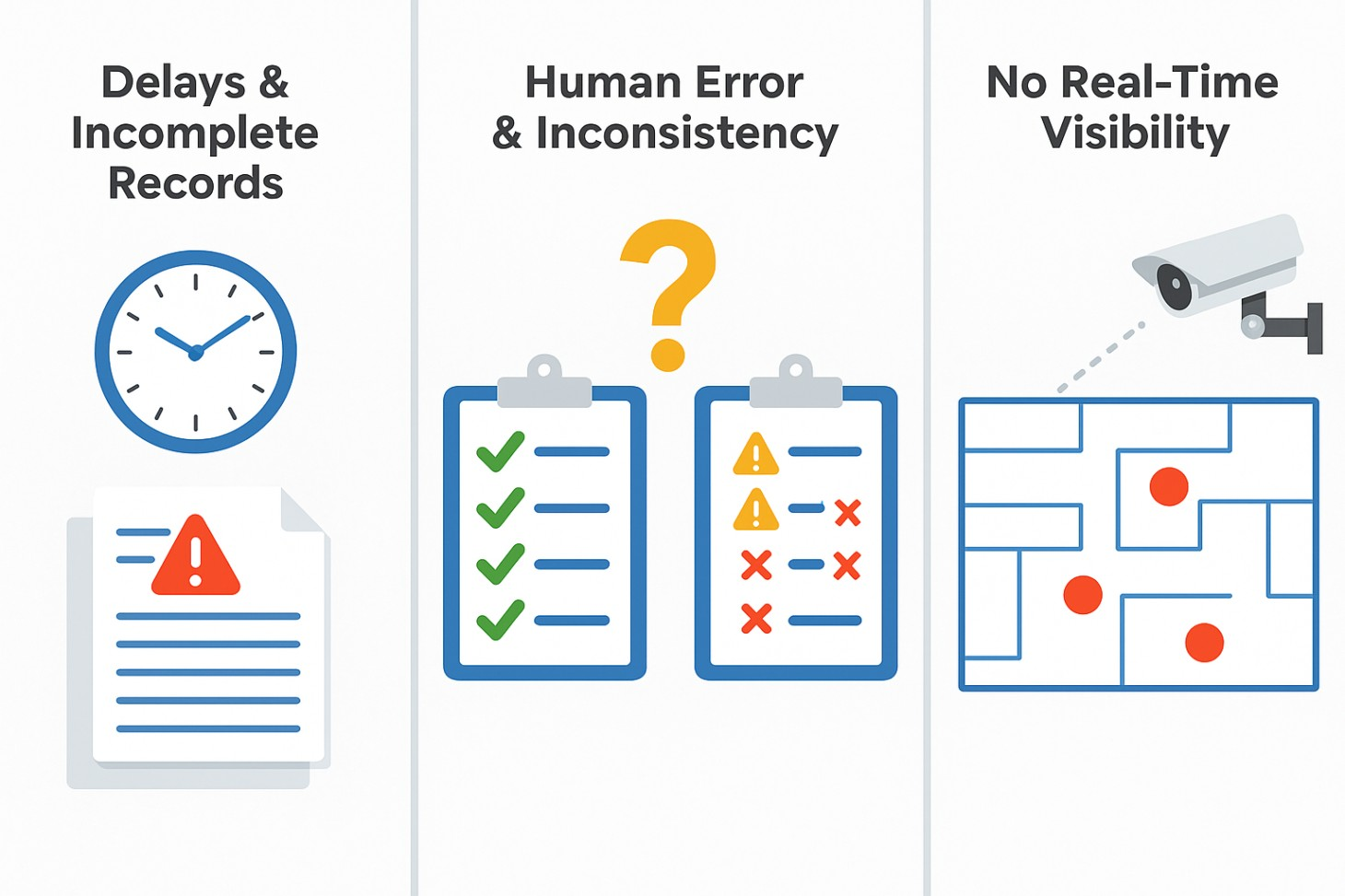
Traditional methods share three weaknesses:
When reports are filed late or inconsistently, managers miss opportunities to intervene early and effectively. Incomplete records also weaken audits and insurance claims.
Even diligent supervisors interpret violations differently. What one may classify as unsafe behaviour, another may ignore. This lack of consistency reduces the value of reports.
Logistics facilities may cover hundreds of thousands of square feet. Supervisors cannot be everywhere, and watching multiple camera feeds is impractical. Unsafe acts, PPE non-compliance, or red-zone breaches often go unnoticed.
The result is a safety oversight system that is reactive, inconsistent, and lacks comprehensive visibility.
AI video analytics is transforming safety oversight by moving from reactive to proactive monitoring.
AI can recognise when workers fail to wear required equipment, walk under suspended loads, or move too close to machinery. Invigilo SafeKey™ provides real-time alerts so that supervisors can intervene immediately.
SafeKey™ connects directly to existing CCTV infrastructure. Companies do not need to replace cameras or redesign layouts, which reduces cost and disruption.
Managers can define red zones, such as forklift lanes or maintenance areas. The system generates alerts when unauthorised personnel enter, helping prevent serious accidents.
AI not only detects violations but also logs them automatically. SafeKey™ provides heatmaps, compliance trend data, and downloadable reports for audits and toolbox talks. This creates consistent documentation with minimal manual effort.
If your logistics site is already equipped with CCTV, Invigilo SafeKey™ can add AI-driven safety monitoring without major disruption. Learn more about SafeKey™.
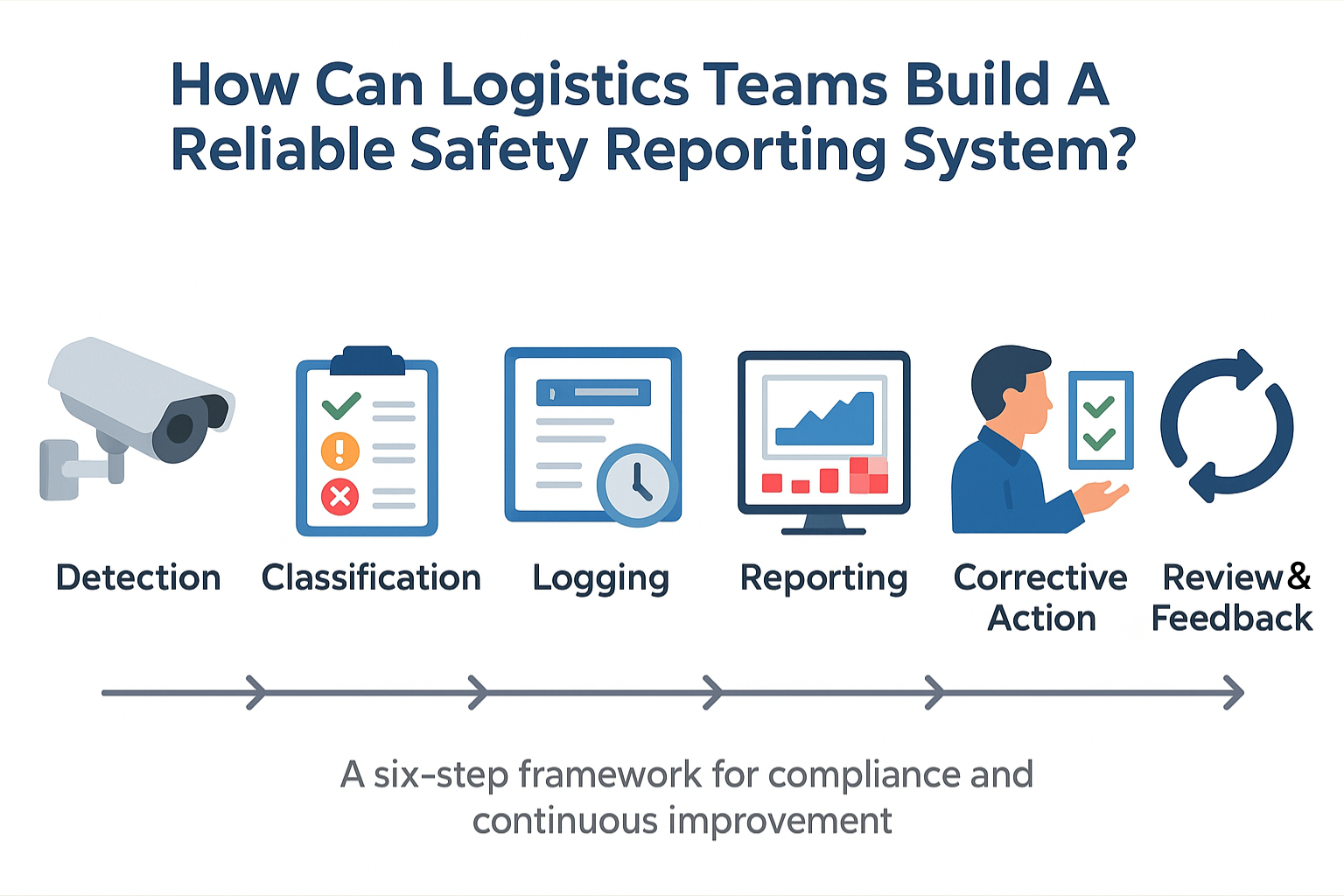
Building a system that is both compliant and effective requires a structured framework. The following six steps outline how logistics teams can achieve reliability.
Unsafe acts and PPE violations must be noticed immediately. AI monitoring provides continuous oversight that human patrols cannot match.
Incidents should be categorised consistently. Examples include PPE non-compliance, unsafe behaviour, and red-zone intrusion. Severity levels should indicate whether the violation is minor, serious, or critical.
Time-stamped evidence should be captured automatically. AI reduces the burden on staff and ensures no incidents are overlooked.
Reports must be structured, exportable, and suitable for auditors, insurers, and internal reviews. Heatmaps and trend analytics help managers identify recurring risks.
Reports should trigger action, whether retraining, process changes, or layout adjustments. The value of reporting lies in preventing repeat incidents.
Managers should regularly review reports to evaluate whether corrective measures are effective. Continuous feedback loops improve both compliance and safety culture.
This framework ensures reporting systems are not only audit-ready but also valuable for long-term safety performance.
Even well-intentioned companies fall into common traps:
AI-driven monitoring helps avoid these mistakes by automating detection, standardising reporting, and providing data that managers can act on immediately.
Choosing the right system requires evaluating both technical and operational fit.
Key questions to ask vendors
Balancing cost, scalability, and integration
The right solution should minimise disruption, fit current budgets, and scale with future growth. Integration with existing infrastructure is especially important to reduce upfront cost.
The role of AI-powered systems
Invigilo SafeKey™ combines real-time detection with automated reporting and seamless CCTV integration, making it a practical choice for logistics companies seeking to improve safety oversight.
When evaluating solutions, consider how Invigilo SafeKey™ provides both detection and reporting, helping you maintain compliance and reduce risks. See how it prevents forklift accidents in warehouses.
The next wave of logistics safety will focus on integration, analytics, and predictive insights.
Yes. Invigilo SafeKey™ is trained to recognise PPE non-compliance, unsafe acts, and red-zone intrusions. Alerts are generated instantly so supervisors can intervene.
No. SafeKey™ integrates with existing CCTV infrastructure. Additional cameras can be added only if there are coverage gaps.
Yes. Reports include time-stamped incident logs, heatmaps, and compliance trends. These are structured to meet regulatory and insurer requirements.
Implementation depends on site size and existing infrastructure. For many logistics sites, SafeKey™ can be deployed within weeks, as it leverages current CCTV systems.
Yes. Because SafeKey™ integrates with existing cameras, upfront investment is lower than full infrastructure replacement. Costs scale with the number of cameras and sites, making it accessible to both mid-sized and large operators.
Minimal. Most training focuses on how supervisors access dashboards, interpret reports, and respond to alerts. Frontline staff benefit indirectly from refresher training based on reported trends.
Video analytics focuses on safety behaviours, not personal identity. Invigilo systems are designed to comply with workplace privacy standards and data regulations.
Safety in logistics is too important to leave to outdated, inconsistent methods. Manual patrols and paper logs create delays, inconsistencies, and limited oversight. AI-driven monitoring delivers real-time visibility, automated reporting, and actionable insights that prevent incidents and improve compliance.
For logistics teams, the path forward is clear. By adopting tools such as Invigilo SafeKey™, companies can detect unsafe acts instantly, define and monitor red zones, and generate audit-ready reports. This creates not only a safer workplace but also stronger compliance, lower insurance risk, and greater customer trust.
Logistics teams seeking to go beyond compliance and achieve measurable safety improvements can explore how Invigilo’s SafeKey™ delivers AI-powered monitoring tailored for warehouses and logistics operations. Visit Invigilo.ai to learn more and book a demo today!
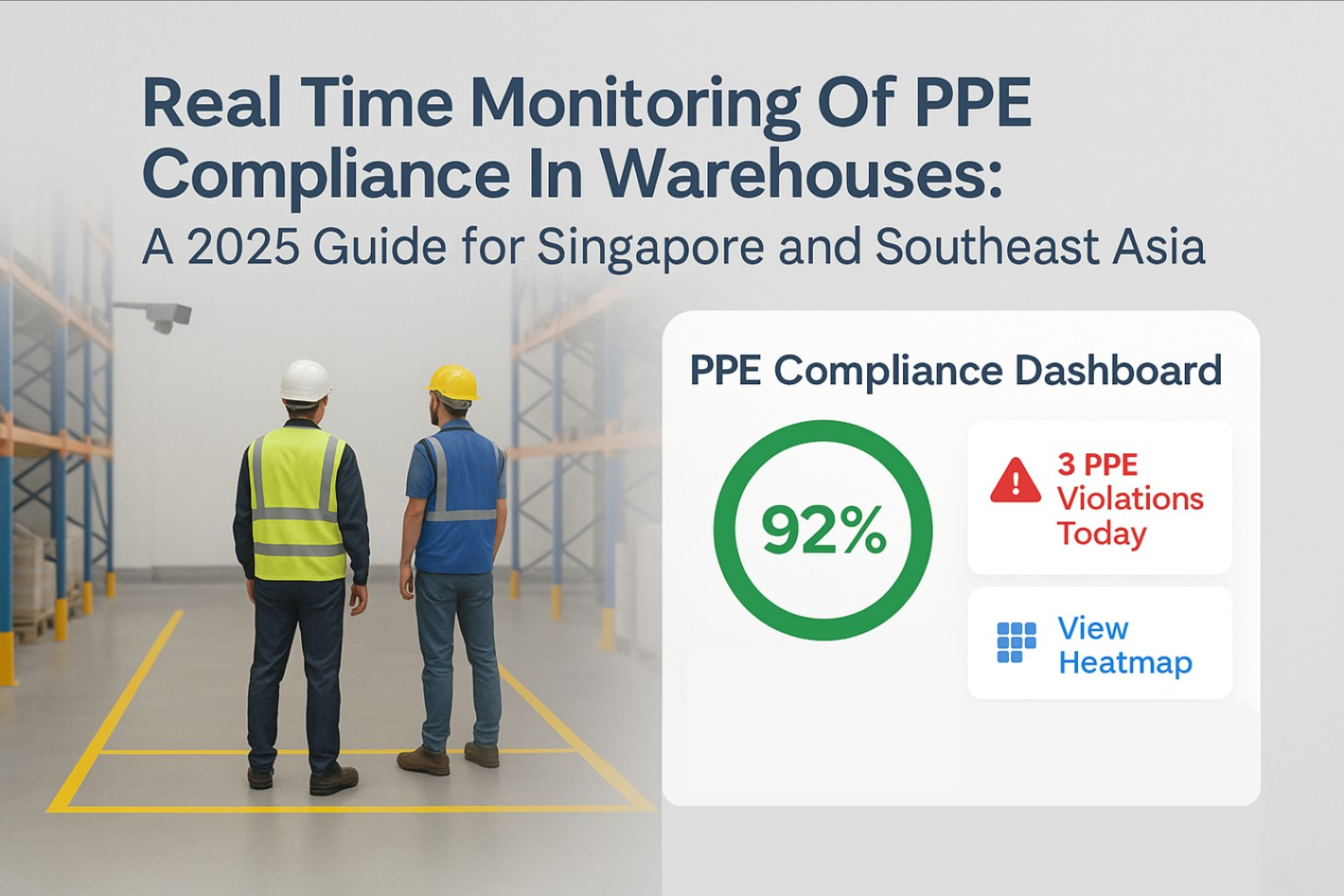
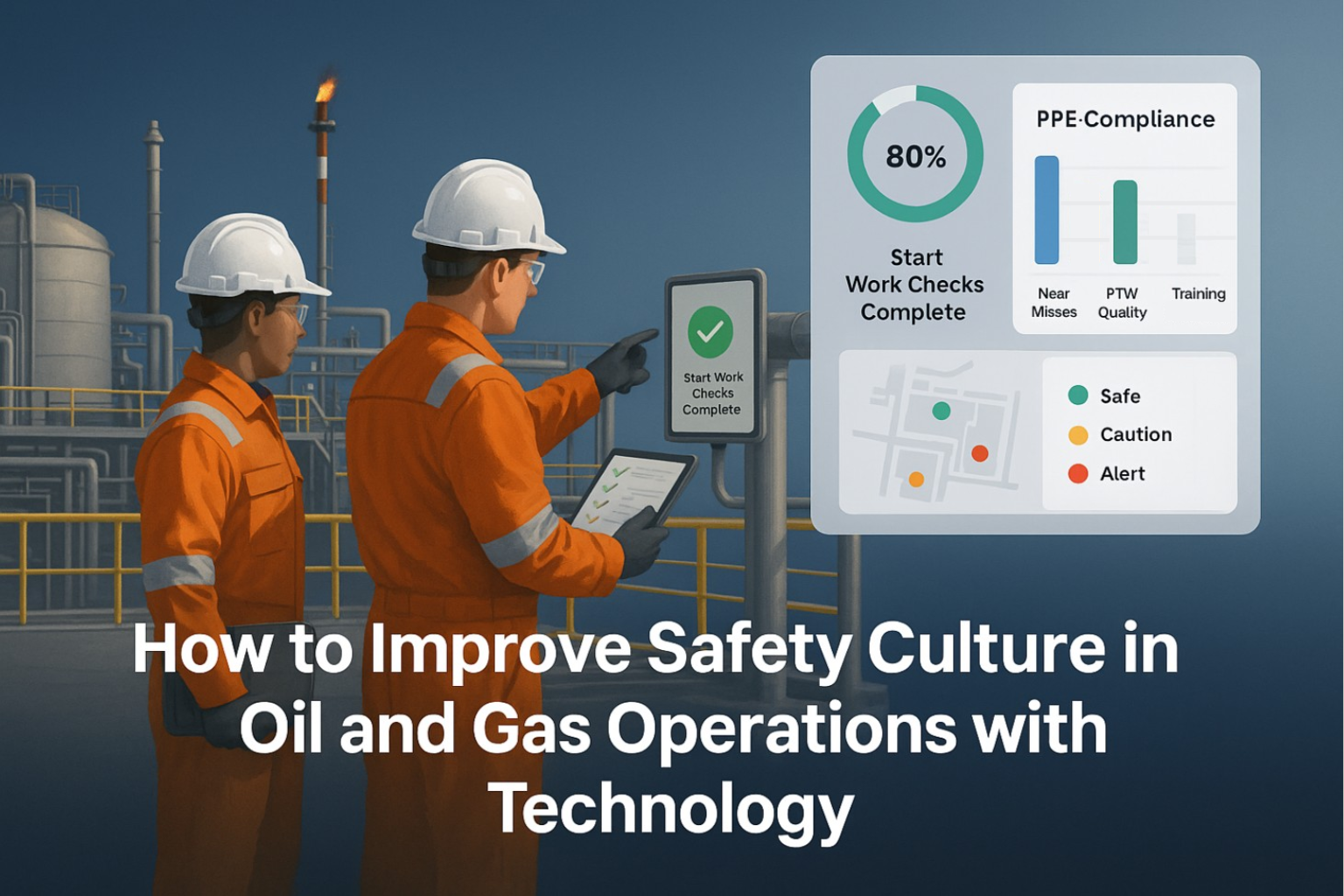
A practical playbook that turns safety culture into repeatable behaviours. Pair IOGP Life-Saving Rules and Start Work Checks with AI vision on existing cameras, digital PTW, LoRaWAN sensors and digital twins; track a small set of leading indicators, run a four-week pilot, and scale with privacy-first governance.

Learn how to build a weekly safety dashboard from systems you already have, then layer AI video analytics on existing CCTV to quantify PPE and proximity risks by shift and zone. The article covers schema design, data contracts, quality checks, a practical pilot plan, and how to link improvements to reduced claims, downtime and penalties. Templates for ISO 45001 or OSHA exports and vendor validation steps are included.
Ready to elevate safety in your operations? Let’s talk!
Contact us today for a personalized demo.
